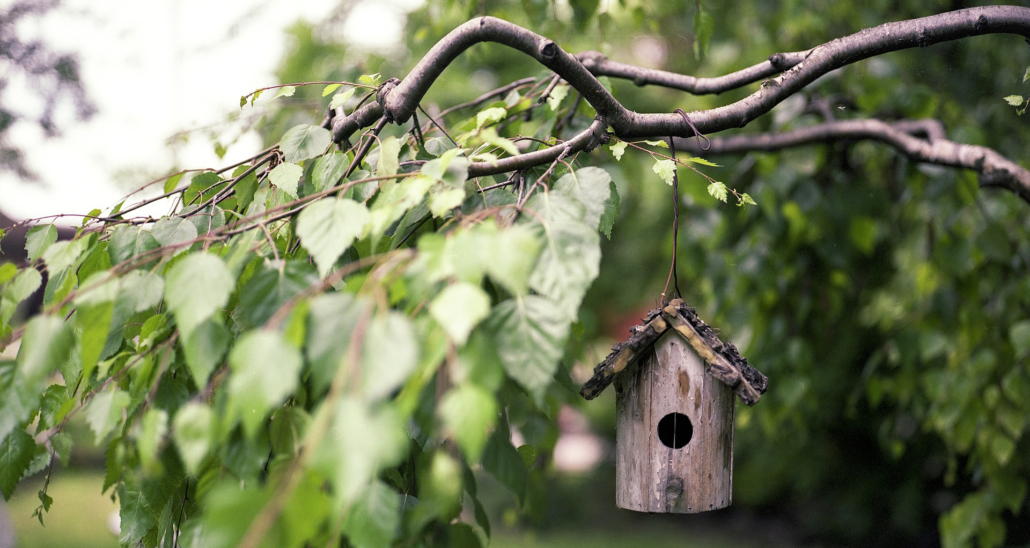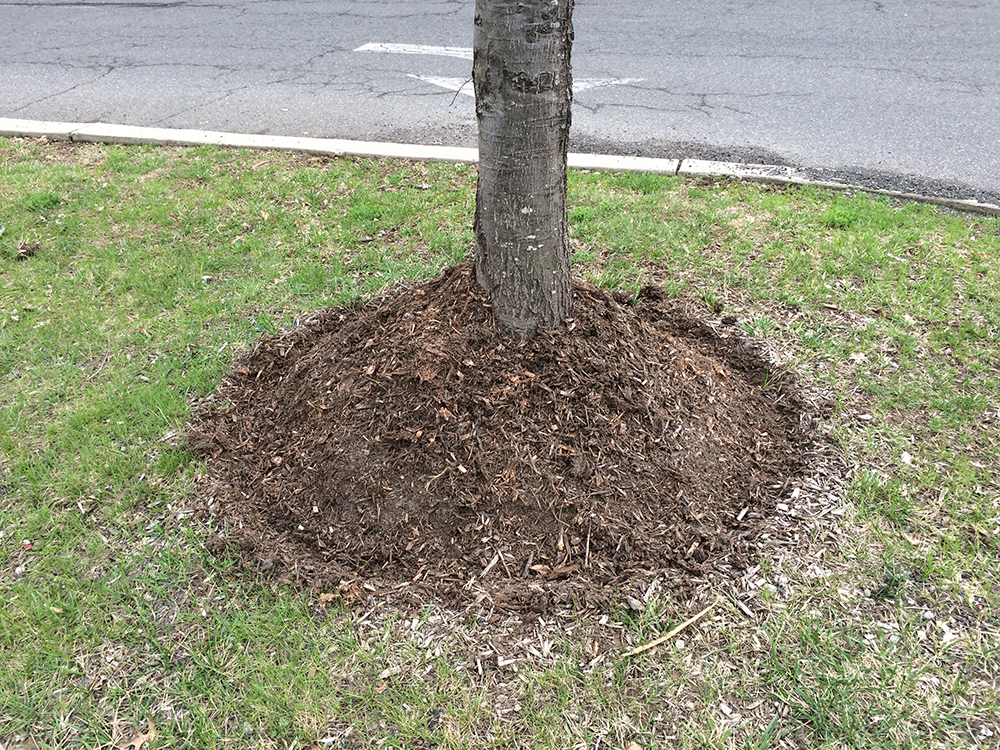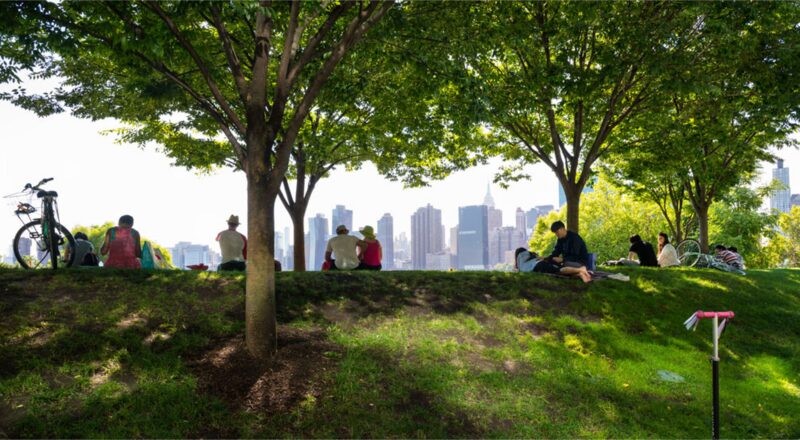Maintaining healthy trees is essential for our environment, but it can be challenging to do so without the right knowledge. Fortunately, arboriculture provides an invaluable resource for anyone looking to take better care of their trees.
In this article, we’ll explore the basics of arboriculture and provide some tips on how to sustain healthy trees through proper maintenance. From understanding what techniques are most effective when pruning and trimming branches to learning about different types of fertilizers that can help your tree flourish, these simple steps will ensure that your tree remains in top condition all year round.
Read on as we discuss the essentials of arboriculture and the best practices for maintaining healthy trees!
Proper Pruning Techniques to Promote Healthy Growth
Tree pruning is an essential part of arboriculture and can be a key factor in the health and longevity of a tree. Proper pruning techniques are needed to ensure healthy growth, as improper techniques can cause damage or even kill the tree.
Knowing when to properly prune trees is important for encouraging healthy growth. For starters, it’s important to understand that not all trees should be pruned during the same period.
Pruning at the wrong season may remove valuable flowers, fruit, or foliage which could leave a stressed-out or weakened tree behind. Additionally, some species require different types of cutting such as thinning out versus heading back branches so familiarizing oneself with each species’ needs is key before proceeding with any cuts.
When performing any maintenance on one’s trees remember that proper pruning requires skill and experience; taking too much off may cause more harm than good so being conservative in approach is often best when working on a tree for the first time. It also helps to look ahead and determine what kind of shape you would like your tree to maintain over time via strategic trimming rather than randomly removing parts here and there without structure in mind.
This ensures that excessive stress won’t be placed upon certain areas or limbs while other sections remain untouched thus promoting balanced growth throughout all sides of the trunk equally instead of creating an uneven lopsided appearance after regular trimmings are done year after year if this isn’t was taken into consideration beforehand. Finally, never forget about safety precautions – wear protective eyewear, gloves, clothing, etc.
. when handling sharp tools such as loppers, saws, etc.
. around any type of vegetation!
Inspection and Treatment of Diseases and Pests

Inspecting and treating diseases and pests in trees is essential to keeping them healthy. Many common tree diseases can be prevented by proper maintenance, such as pruning dead or dying branches, removing debris from around the trunk of the tree, and avoiding damage to the bark.
Likewise, many pest infestations can be kept at bay with regular treatments using organic insecticides, fungicides, herbicides, or other preventative measures. For those already afflicted with a disease or pest problem that cannot be adequately managed through preventive measures alone, professional arborists should be consulted for appropriate treatment options.
Additionally, proper care must also include diligent monitoring of trees for any signs of distress so that timely action can be taken upon detection of an issue before it becomes more serious. With such attention devoted to the inspection and treatment of diseases and pests in trees under one’s care, they will remain strong and vibrant for years to come!
Fertilizing Trees to Ensure Optimal Nutrition
Fertilizing trees is one of the most important aspects of tree maintenance and can help ensure optimal nutrition for healthy trees. Proper fertilization helps to maintain the right balance of nutrients in the soil, providing a necessary boost for trees that are struggling or not receiving enough from natural sources.
Different types of fertilizers are available, and it’s essential to choose one specifically tailored to the needs of your particular tree species. For instance, fertilizer with higher nitrogen content works well for evergreens but may be over-fertilizing if used on deciduous varieties.
Additionally, timing is key when applying fertilizer; typically early spring or late fall are ideal times for application to give trees time to absorb nutrients before winter sets in. Finally, always follow directions carefully as too much fertilizer can damage rather than benefit a tree’s health!
Mulching Tips to Enhance Soil Quality and Drainage

Mulching is a great way to help maintain healthy trees through maintenance. Proper mulching can help keep soil quality high and create proper drainage for tree roots.
Here are some tips on how to mulch effectively: Start by removing any existing weeds or grass around the base of the tree before applying mulch, this will prevent them from competing with your trees for water and nutrients. Apply 2-3 inches of organic material such as sawdust, shredded bark, wood chips, composted leaves, or straw in a circular pattern around the base of your tree.
This layer should be maintained throughout the year; it’s best to replace lost material in spring and fall when necessary. Don’t pile up too much mulch against the trunk of the tree – leave room for airflow and avoid trapping moisture near its base which could lead to root rot or disease development.
When done correctly, you should see an improvement in soil quality and better drainage that will benefit your trees over time!
Conclusion
The maintenance of healthy trees is essential for sustaining a beautiful, functional landscape. Taking the right steps to ensure your trees stay healthy can make all the difference in the long run.
From proper irrigation to regular pruning from an experienced arborist like AB Trees, many practices will help keep your tree strong and vibrant year-round. Regular inspections and preventative treatments can also go a long way toward protecting against potential diseases or pests.
By following these tips and working with an expert team of arborists, you’ll be able to enjoy lush, healthy trees for years to come.


